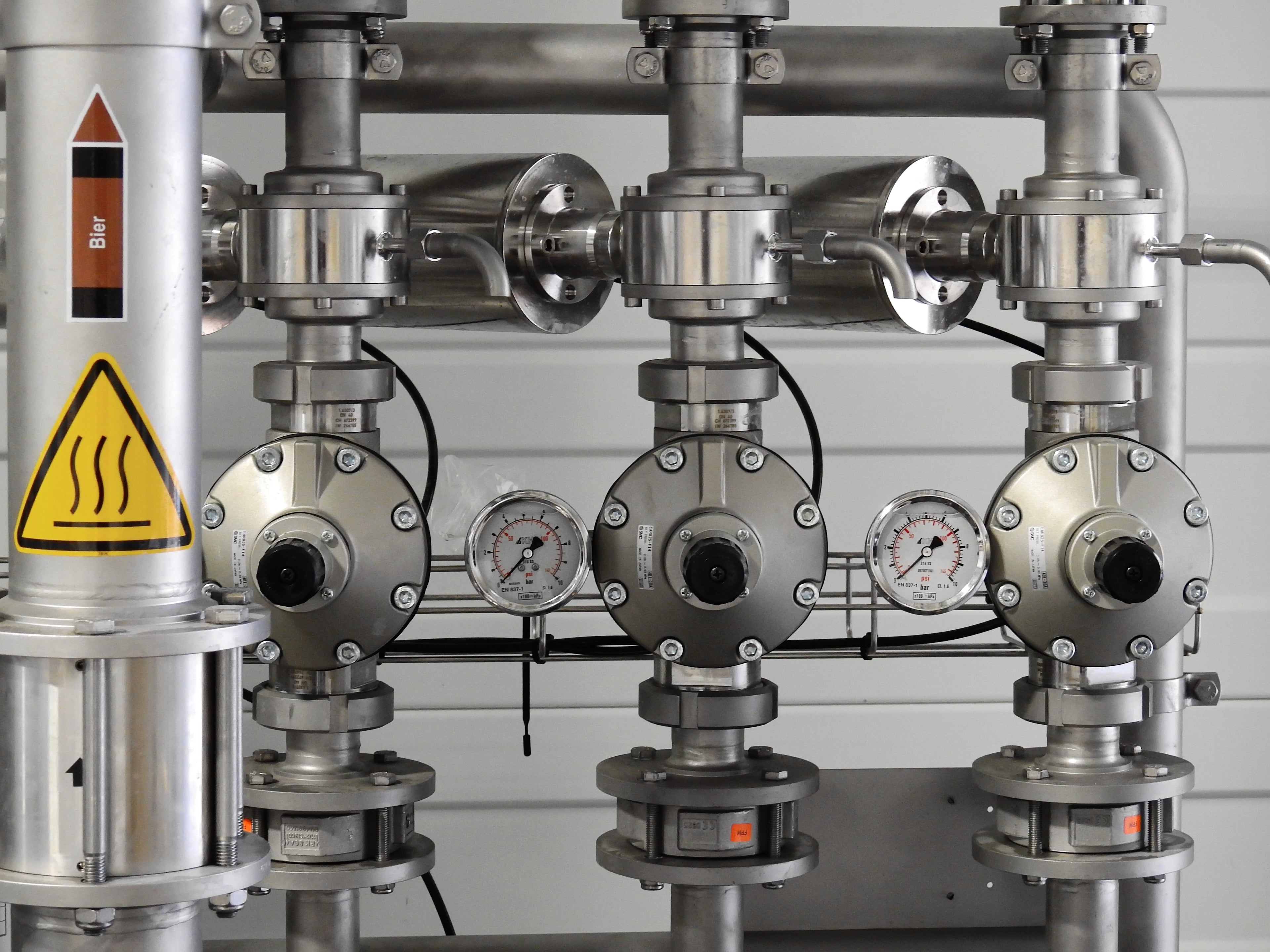When it comes to septic tank maintenance, many homeowners do not realize the importance of risers for septic tanks. These simple to use, but essential components help to gain access to the system for regular maintenance and inspections. Installing risers to your septic tanks eliminates the need to excavate the ground each occasion you require an service. In addition to saving time, but your landscaping will be less disturbed. Septic tank risers can also reduce the risk of accidents and injuries that might happen during maintenance tasks by providing a secure and easy access point for the tank.

A healthy septic tank is maintained through the management of the effluent. The liquid waste that’s released from the septic system into the drainfield to be used for treatment is known as effluent. It’s a mix of bacteria, water and organic matter. The solid particles could build up at the bottom and form layers of sludge. If not addressed promptly, this sludge could get accumulated and cause a blockage to the system, causing backups, foul-smelling odors, and damage to the drain field. Regular pumping and control of effluent ensure that the septic tank operates efficiently, preventing blockages from occurring and prolonging its life.
Septic systems function properly when they drain properly. The wastewater that leaves your home is then absorbed into the septic system and undergoes the process of separation. Solid waste settles at the bottom while oil and other lighter materials rise up to the top, forming some sort of”scum. The effluent (the liquid remaining within the tank) is discharged and flows to the drain field to be filtered and taken up by the soil. A properly-designed drainage system can allow for a smooth flow of effluent, making sure that there are no flooding or backups. The drainage pipes need to be free of obstructions such as roots or debris that might impair effluent flow. Regular inspections and maintenance on the drainage system will help to avoid costly repairs as well as environmental contamination.
It is crucial to select the correct option for the septic tank in your home. This decision will have a lasting effect on your property’s functionality and sanitation. There are many options on the market. It’s important to take into consideration several aspects prior to making your choice. Determine the dimensions of your septic system based on the typical water consumption of your household as well as the number of occupants. If you are a large household or often host guests, a larger tank is needed. Secondly, consider the material used to construct the tank. Concrete, plastic and fiberglass are all common alternatives. Each offers its own pros and disadvantages when it comes to durability, cost, and maintenance. In addition, you should check the rules and requirements set by your local authorities regarding the installation of septic tanks. It’s crucial to select a tank that meets the essential standards and meets any particular guidelines. For more information, click Drainage
Talk to a professional who can install septic tanks. They can offer you expert advice in accordance with your soil kind and topography. By taking note of these factors to select the best septic tank for your home that best fits your requirements and provides a secure and efficient wastewater management system.
A healthy and reliable system is contingent on proper maintenance and operation of septic systems as well as efficient effluent management riser installations, the proper drainage. Septic tanks serve as the primary treatment system for household waste, while the effluent management system ensures the secure disposal of treated liquid waste. They aid in the process of maintain the system. Proper drainage will ensure a seamless flow of effluent, which prevents problems with the system. Homeowners can ensure a healthy, safe, and environmentally sustainable living space by prioritizing and observing these elements, as well as regular maintenance guidelines.